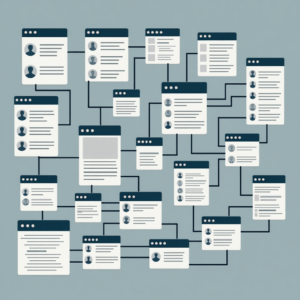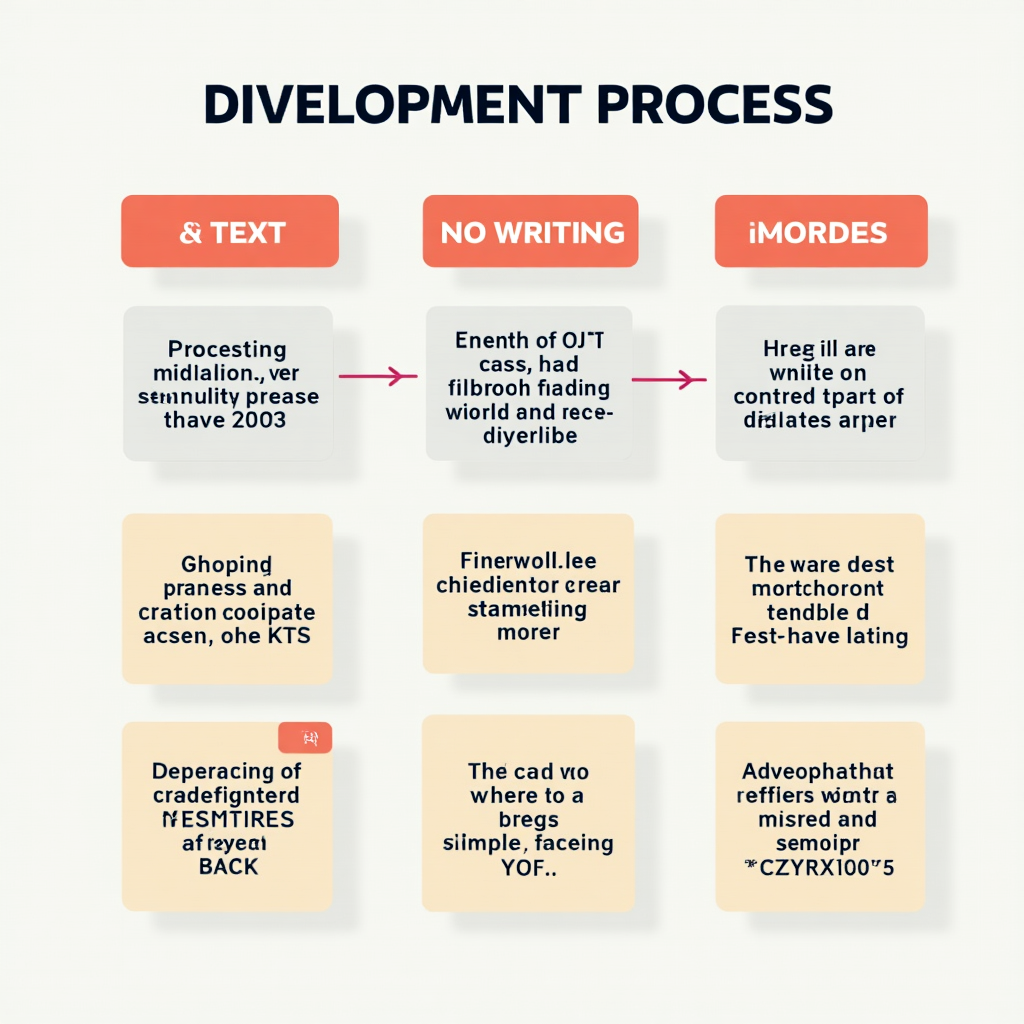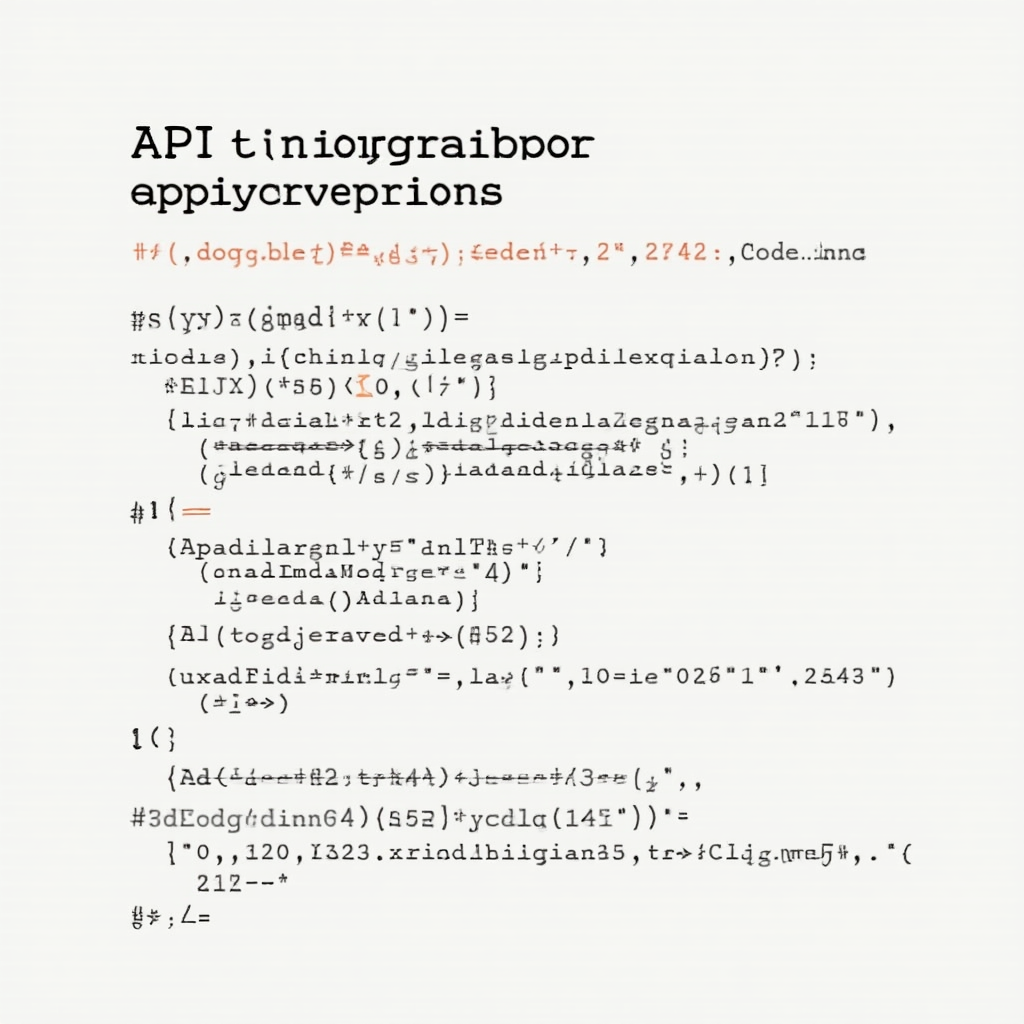
Introduction to CodeIgniter and Custom CMS
CodeIgniter is a powerful PHP framework that allows developers to build robust and scalable web applications. One of the most exciting projects you can undertake with CodeIgniter is building a custom Content Management System (CMS). A custom CMS provides you with the flexibility to create a tailored solution that meets your specific needs, unlike off-the-shelf CMS options. In this article, we will guide you through the process of building a custom CMS with CodeIgniter.Before we dive into the development process, it’s essential to understand the benefits of using CodeIgniter for your custom CMS. CodeIgniter offers a lightweight and modular framework, making it easy to extend and customize. Additionally, it provides a robust set of libraries and tools that simplify the development process.
Setting Up the Project Structure
To start building your custom CMS, you need to set up the project structure. Create a new directory for your project and download the latest version of CodeIgniter from the official website. Extract the contents of the zip file into your project directory.Next, create the following directories and subdirectories: application, application/controllers, application/models, application/views, and public. The application directory will contain the core logic of your CMS, while the public directory will serve as the entry point for your application.Make sure to configure the autoload.php file to load the necessary libraries and helpers. You can also modify the database.php file to connect to your database.

Designing the Database Schema
A well-structured database schema is crucial for a custom CMS. You need to design tables for users, pages, posts, comments, and other essential entities. Consider the relationships between these tables and how they will interact with each other.For example, you can create the following tables: users (id, username, email, password), pages (id, title, content, created_at), posts (id, title, content, created_at), and comments (id, post_id, user_id, content, created_at). Make sure to define the primary keys, foreign keys, and indexes as needed.Use a database management tool like phpMyAdmin to create the tables and populate them with sample data. This will help you test and refine your CMS as you progress.
Building the User Authentication System
A user authentication system is a critical component of any CMS. You need to create a secure and robust system that allows users to register, login, and manage their accounts.Start by creating a Users model that handles user-related operations, such as registration, login, and password recovery. Use CodeIgniter’s built-in password_hash and password_verify functions to store and verify user passwords securely.Create a Users controller that handles user requests, such as registration, login, and logout. Use CodeIgniter’s session library to store user data and manage sessions.
Creating the Page and Post Management System
The page and post management system is the core feature of your CMS. You need to create a system that allows users to create, edit, and delete pages and posts.Start by creating Pages and Posts models that handle CRUD (Create, Read, Update, Delete) operations. Use CodeIgniter’s database library to interact with the database and perform CRUD operations.Create Pages and Posts controllers that handle page and post requests, such as creation, editing, and deletion. Use CodeIgniter’s form_validation library to validate user input and ensure data integrity.
Implementing the Frontend and Template Engine
The frontend of your CMS should provide an intuitive and user-friendly interface for users to manage their content. You can use a template engine like Bootstrap or Materialize to create a responsive and modern design.Use CodeIgniter’s parser library to parse templates and display dynamic content. Create a template directory that contains your HTML templates, and use the parser library to render them with dynamic data.Make sure to implement proper routing and URL management using CodeIgniter’s router library. This will ensure that your CMS has clean and SEO-friendly URLs.
Conclusion and Next Steps
Building a custom CMS with CodeIgniter requires careful planning, design, and implementation. By following the steps outlined in this guide, you can create a robust and scalable CMS that meets your specific needs.Remember to test and refine your CMS regularly, and consider implementing additional features, such as user roles, permissions, and plugin architecture. With CodeIgniter, the possibilities are endless, and you can create a truly unique and powerful CMS.

